Here are a few more sins to use when you wish to scare off every fish on any flat you find yourself working. This time we’ll look at some fly casting errors.
Too Short- If you make a cast that is too short the fish will never see your fly.
Too Long- If you make a cast that’s too long several results can happen, none of which lead to a hookup.
In extreme cases, the fish sees your fly line. This won’t bother fish that don’t see many fishermen, but pressured fish won’t wait around for an explanation.
A cast made slightly too long causes the fly to approach the fish. Again, in lightly fished waters this may work. In heavily fished waters you’ll get a good view of the fish’s tail waving goodbye. Fish don’t expect to see a minnow, shrimp, crab, or whatever attacking them. They don’t like it when it happens.
If you cast too far into a school of fish, you will line the fish on the school’s edge, spooking them. One spooked fish in a school usually leads to a spooked school.
When casting to a school, work the edges. There are some clear floating fly lines available now that may solve this particular problem somewhat. Monic makes a completely clear line, and AirFlo makes a conventional line that has a 10 foot long clear tip. There’s nothing like a good, accurate cast, though.
Head Shots- Another casting flaw I call the splashdown. This is a cast that’s just a little too accurate. You hit the fish on the head (or other body part) with your fly. In lightly fished areas or in deeper water this actually works sometimes, but with heavily pressured fish in the shallow stuff you have blown opportunity.
The opposite of the splashdown occurs when you lead the fish too far. Optimum lead distance varies depending on the species of fish, how fast it’s swimming, the depth of the water, the current, and other factors, but if you lead the fish too far it will not see your fly. Sometimes an angler will lead a fish too far, then move the fly immediately after it hits the water. The fish never sees it, or is unwilling to chase it from such a great distance if he does see it. A too far lead can still work if you leave the fly there until the fish gets near it.
Many folks move the fly too much. Sometimes the best thing you can do after a cast is wait and see how it plays out.
Normally (where I do most of my fishing, at least) when you throw to a cruising fish you want to anticipate exactly where the fish will go (never an easy task), put your fly directly in its path, and leave the fly there until the fish is close enough to see it when you move it and respond to it in what you consider to be a positive manner.
The only way you can minimize these casting sins is to become a more proficient caster. Never mind worrying about how far you can cast. Speed and accuracy are all important in most flats situations. Get a few lids from five gallon buckets, set them on a lawn at various distances, and practice hitting them in sequence with only one or two false casts in all kinds of wind and weather conditions.
Good casters will always catch more fish than mediocre casters.
John Kumiski
http://www.spottedtail.com/
All content in this blog, including writing and photos, copyright John Kumiski 2011. All rights are reserved.
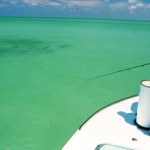
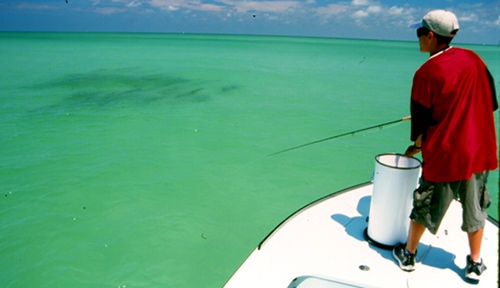
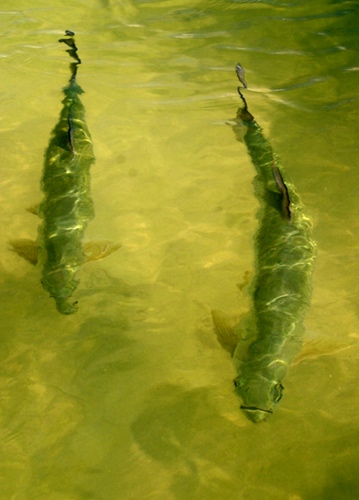
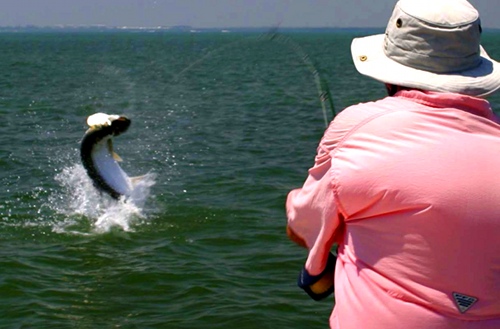
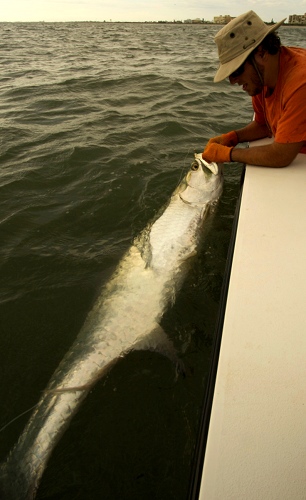
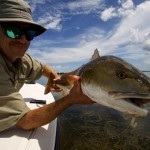
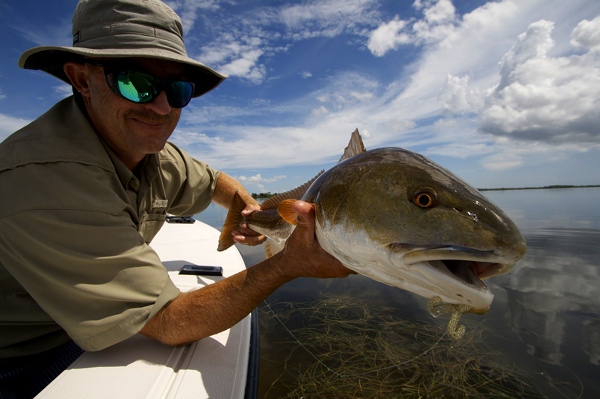
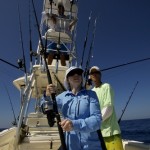

Recent Comments